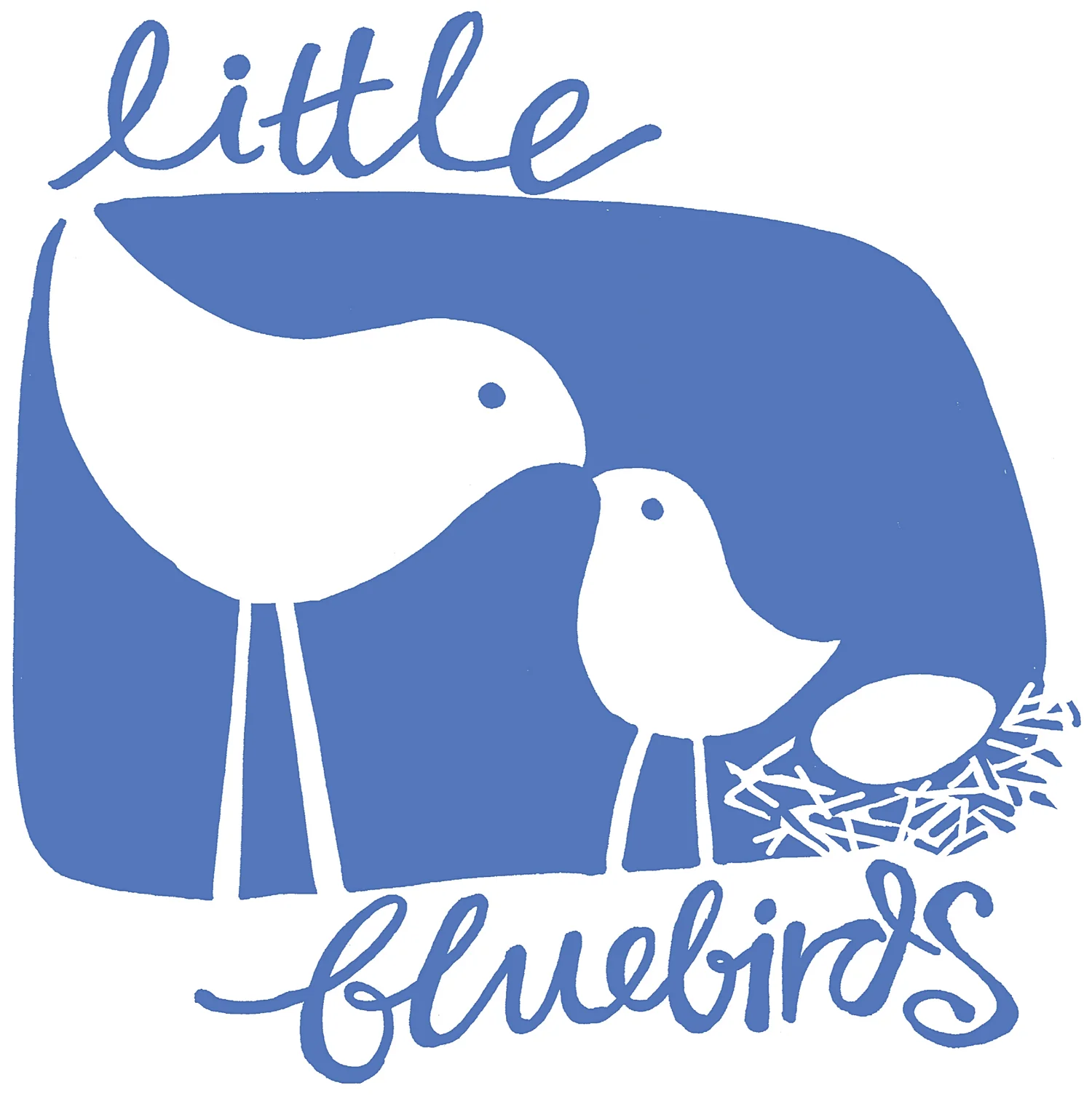Sand without sunshine
We all know that sand play is great for kids. If we’re very lucky we have a sandpit in the backyard, maybe a wooden box or plastic shell, where busy little fingers and hands get stronger and more creative as they dig and scrape. But what about when those dripping wintery days trap us indoors, or when the sandpit is soggy with puddles or full of wet leaves. If a fun indoor activity is what you’re after, Kinetic Sand could be just the thing to bring back that summery sandy feeling...
I still remember the very first time I saw Kinetic Sand. It was on display in a fancy toyshop in Daylesford and my kids and I were blown away with its seemingly magical texture. We squeezed and folded and moulded it in its tray, finding it so irresistible that it wasn’t long before I bought us our very own box.
These days Kinetic Sand is readily available at most toy and craft stores and major retailers. It always seems to be priced around $20 for a decent sized lump, which may seem expensive, but as it lasts for years and never goes dry it’s actually a pretty good investment. It comes in a few different colours, although honestly… they all merge into one murky hue so don’t bother buying more than one colour unless you want to try to keep them separate.
It’s the unique textural properties of kinetic sand that make it so unique. A combination of regular sand and polymer, it seems to mimic wet sand while staying dry to touch. It’s deliciously squishy, holding its shape when squeezed and compressed, then crumbling apart delicately once the pressure’s off. It’s clean, non-toxic and doesn’t stick to other materials and surfaces - only to itself. It's easy to clean up and store, and it doesn't dry out. What's not to like?
At our weekly children art and music session Kinetic Sand is always a hit. Playing with and shaping any tactile material helps children to develop and improve their gross and fine motor skills, co-ordination and concentration – but we find that parents also like the feel of Kinetic Sand, and tend to hover over the sand table to enjoy the soothing sensation of squeezing it between their fingers as they chat.
As with all modelling materials from playdough to plasticine, use kinetic sand only when you’re confident that your child will not put it in their mouth. It’s recommended for children over the age of three - not because of any issues of toxicity, but because younger children may be tempted to take a taste, which is not a good idea with any sand really.
Keep it in a container or zip lock bag and you’ll find you can use it time and time again. Offer it on a table in a tray or on a big lid to confine it, as bits will fall on the floor and can be tricky to rescue. You can buy fancy accessories to go with it like extruders and moulds, but even bits and pieces from your kitchen can be great to use to shape and mould.
Have fun trying:
- Spoons, forks and butter knives
- Patty pans
- Pastic containers, bowls and cups
- A rolling pin
- Plastic animals and insects
- Duplo or Lego blocks
- Birthday candles






